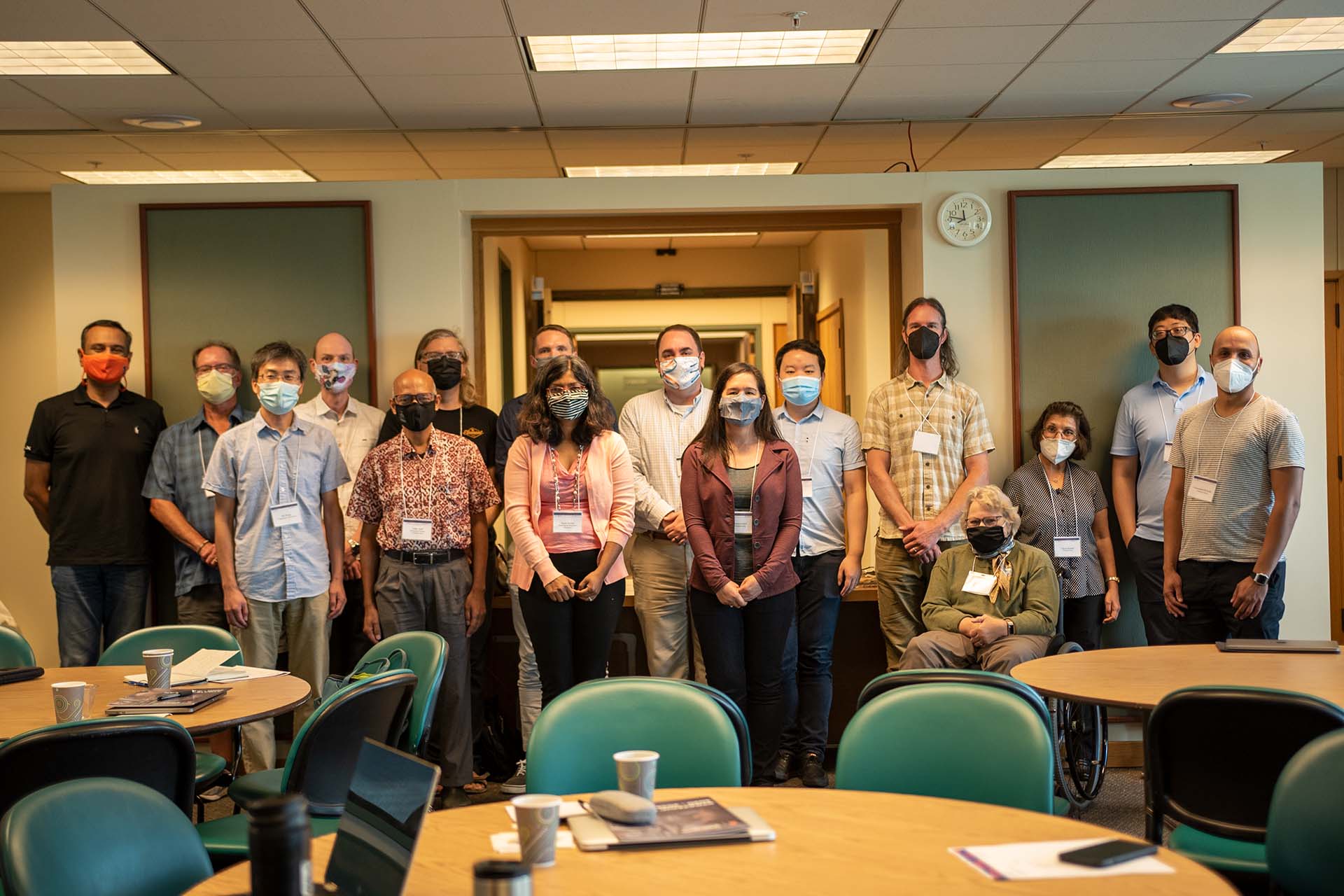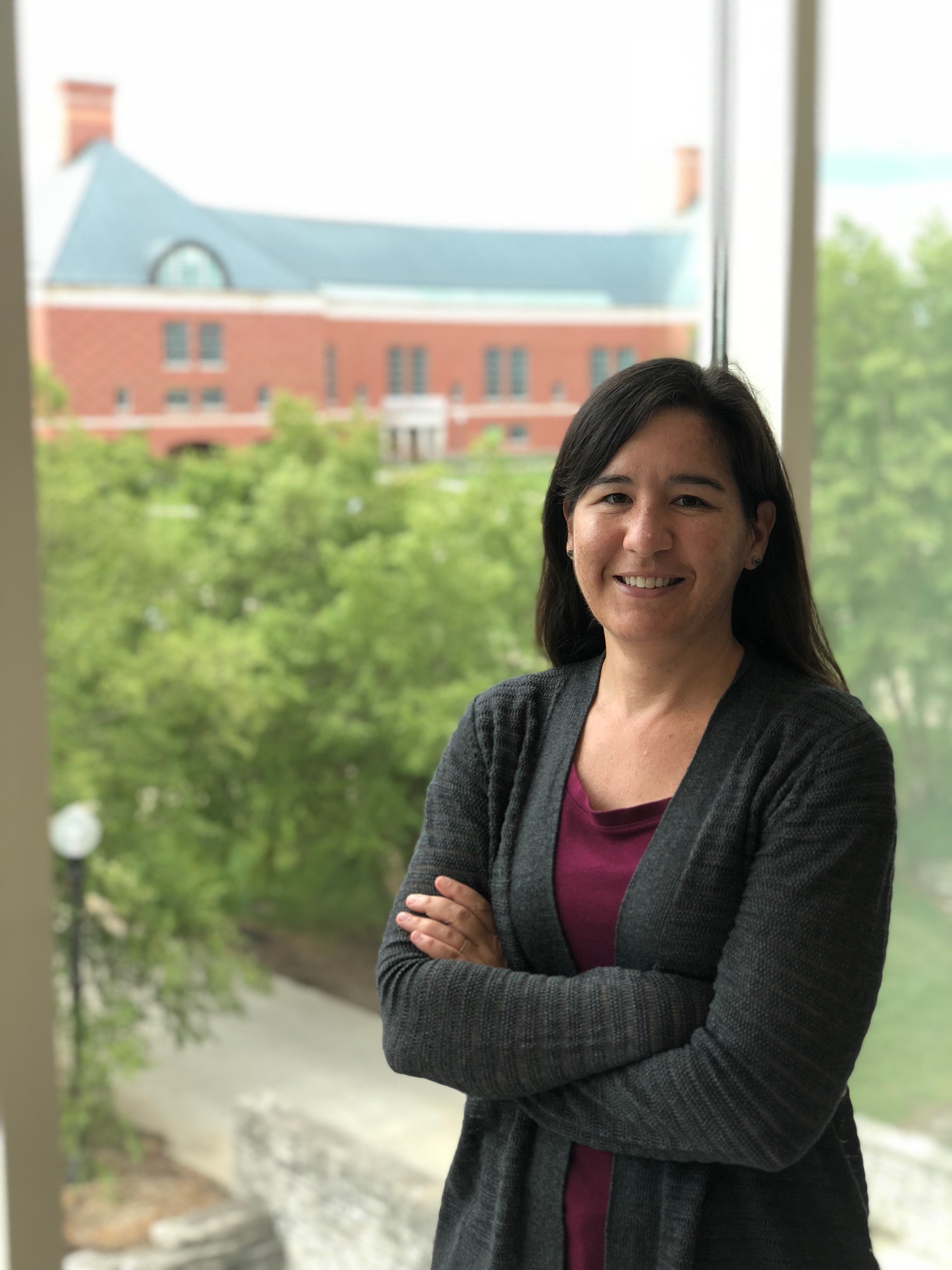The Cancer and Microbes Working Group is a new partnership between the Cancer Center at Illinois and the Microbial Systems Initiative to promote enhanced collaboration at the interface of microbial sciences and cancer. The “Cancer and Microbes” strategic initiative will be a part of the CCIL Cancer Discovery Platforms Bridging the Engineering-Biology Continuum (CDP) Program.
Vision
To connect researchers from diverse backgrounds to initiate unique collaborative relationships and generate data in the area of Cancer and Microbes.

Working Group Co-Leads

Sayeepriyadarshini (Sayee) Anakk
Associate Professor, Molecular and Integrative Physiology
anakk@illinois.edu

Shannon Sirk
Assistant Professor, Bioengineering
sirk@illinois.edu
Events
Cancer and Microbes Seminar Series | September 18, 2023, 12:00 - 1:00 p.m.
September 18, 2023
Presenter 1: François Reichardt, Research Scientist, Molecular and Integrative Physiology (S. Anakk Lab)
Presenter 2: Tian Ye, Graduate Student (B. Wang Lab)
Cancer and Microbes Seminar Series | October 23, 2023, 12:00 - 1:00 p.m.
October 23
Presenter 1: Jacob Allen, Assistant Professor, Kinesiology and Community Health
Presenter 2: Michael Miller, Professor, Food Science & Human Nutrition
Cancer and Microbes Seminar Series | December 4, 2023, 12:00 - 1:00 p.m.
December 4
Presenter 1: Lydia Okyere, Graduate Student, Department of Pathobiology (C. Gaulke Lab)
Presenter 2: Zainab Alzoubi, Graduate Student, Division of Nutritional Sciences (B. Loman Lab)
Directory

Jacob Allen
Assistant Professor, Kinesiology and Community Health
jmallen5@illinois.edu

Christopher Gaulke
Assistant Professor, Pathobiology
cgaulke@illinois.edu

Mohammed El-Kebir
Assistant Professor, Computer Science
melkebir@illinois.edu

H. Rex Gaskins
Professor, Animal Sciences
hgaskins@illinois.edu

Brett Loman
Assistant Professor, Animal Sciences
bloman2@illinois.edu

Joseph Irudayaraj
Professor, Bioengineering
jirudaya@illinois.edu

Collin Kieffer
Assistant Professor, Microbiology
collink@illinois.edu

Erik Nelson
Associate Professor, Molecular and Integrative Physiology
enels@illinois.edu

Zeynep Madak-Erdogan
Associate Professor, Food Science & Human Nutrition
zmadake2@illinois.edu

Sergei Maslov
Professor, Bioengineering
maslov@illinois.edu

François Reichardt
Research Scientist, Molecular and Integrative Physiology
fr7@illinois.edu

Jason Ridlon
Associate Professor, Animal Sciences
jmridlon@illinois.edu

Taher Saif
Professor, Mechanical Science and Engineering
saif@illinois.edu

Michael Spinella
Professor, Comparative Biosciences
spinella@illinois.edu

Beth Stadtmueller
Assistant Professor, Biochemistry
bethms@illinois.edu

Shulei Wang
Assistant Professor, Statistics
shuleiw@illinois.edu

Bo Wang
Assistant Professor, Comparative Biosciences
bowang@illinois.edu
Member Resources

